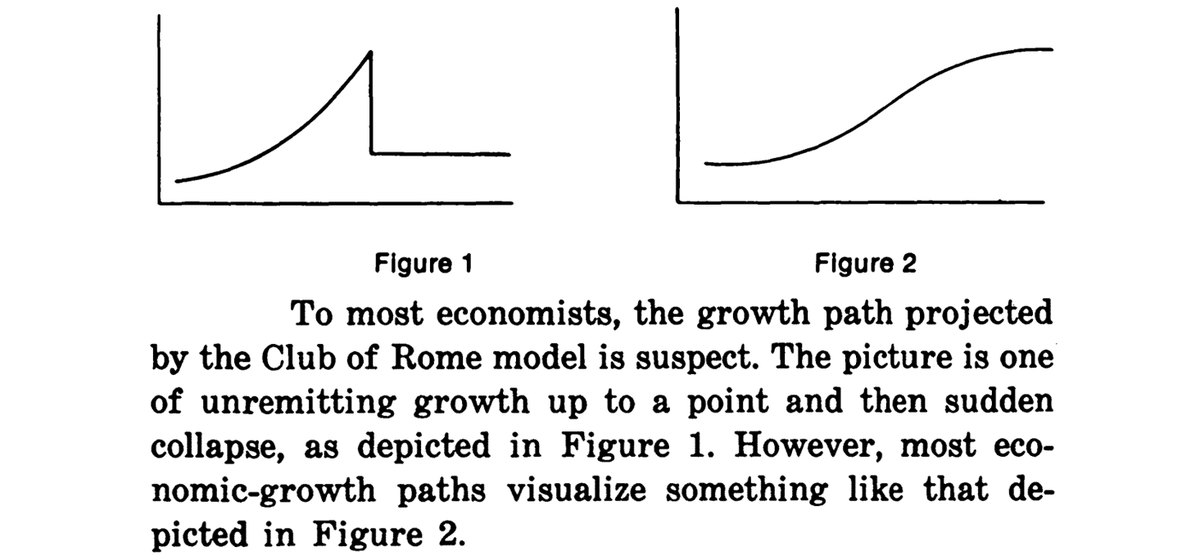My pitch became pretty simple after that: "We're building this whiteboard in virtual."
But the takeaway, and that became a commonality among all the conversations I had, was that multi-million dollar genius-level projects fail over trivial things.
@threadreaderapp unroll plz




